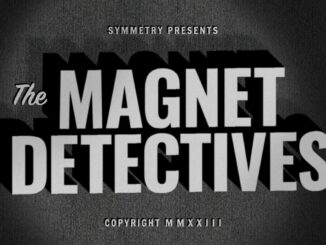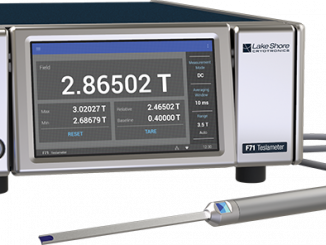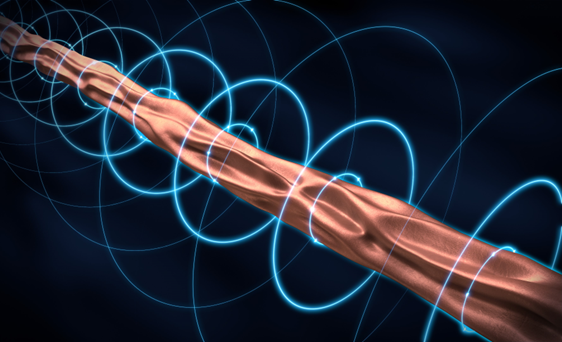
Zap Energy, the company seeking to develop a low-cost fusion energy platform that confines and compresses plasma without the use of expensive and complex magnetic coils, will be explaining their Z-pinch technology in a plenary session at Applied Power Electronics Conference (APEC) in February at Long Beach, California. As usual, Magnetics Magazine serves as a media partner to the event.
Zap’s sheared-flow-stabilized Z-pinch technology doesn’t require magnets, cryogenics or high-powered lasers as most fusion developers rely upon. The Z-pinch effect is an electromagnetic phenomenon where electric currents create magnetic fields so powerful that they compress matter. If you run a powerful enough current through plasma, a Z pinch can create conditions hot and dense enough for fusion.
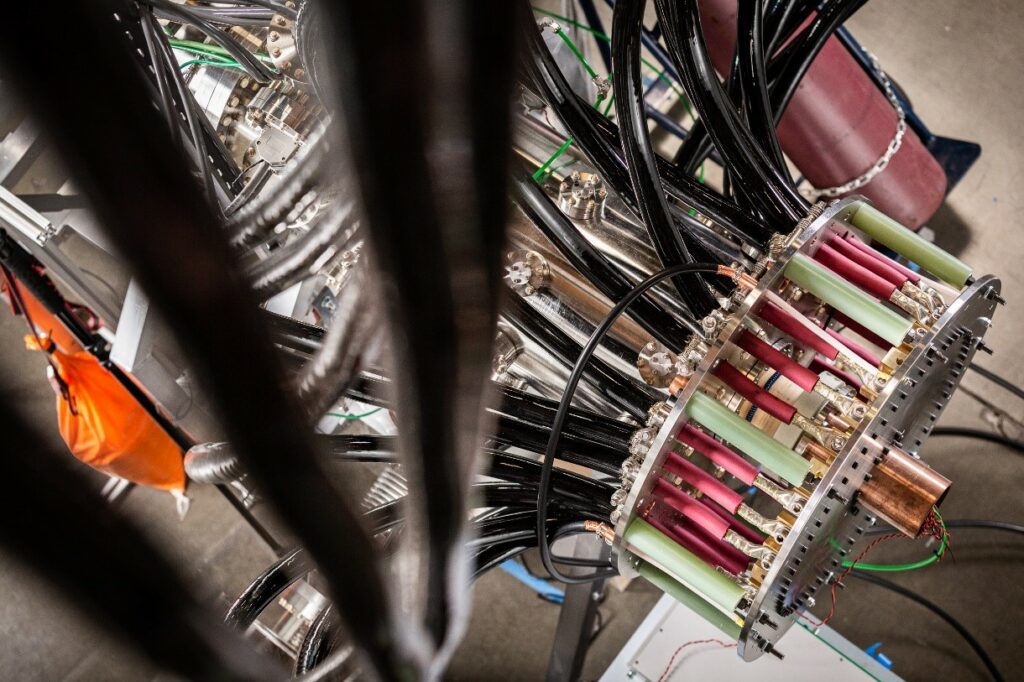
Regardless of approach, all credible methods for releasing fusion energy require extreme temperatures. Usually that means over 180 million degrees Fahrenheit, far hotter than most stars. That creates the essential conditions where atoms shed electrons and the remaining nuclei become positively charged ions with the potential to fuse.
“The goal is to get the plasma ions to overcome energy barriers and fuse together,” according to Derek Sutherland, a Zap Energy senior research scientist. “But they’ll only fuse if the temperatures are hot enough to maximize the chances of a fusion reaction.” Density and confinement time, on the other hand, can vary dramatically depending on the fusion approach.
For example, magnetic confinement fusion approaches such as tokamaks and stellarators require high energy confinement times but a lower density of ions in the reaction. Inertial confinement experiments, like the powerful laser-based system at the National Ignition Facility, require a very brief confinement time, but the densities must be extremely high.
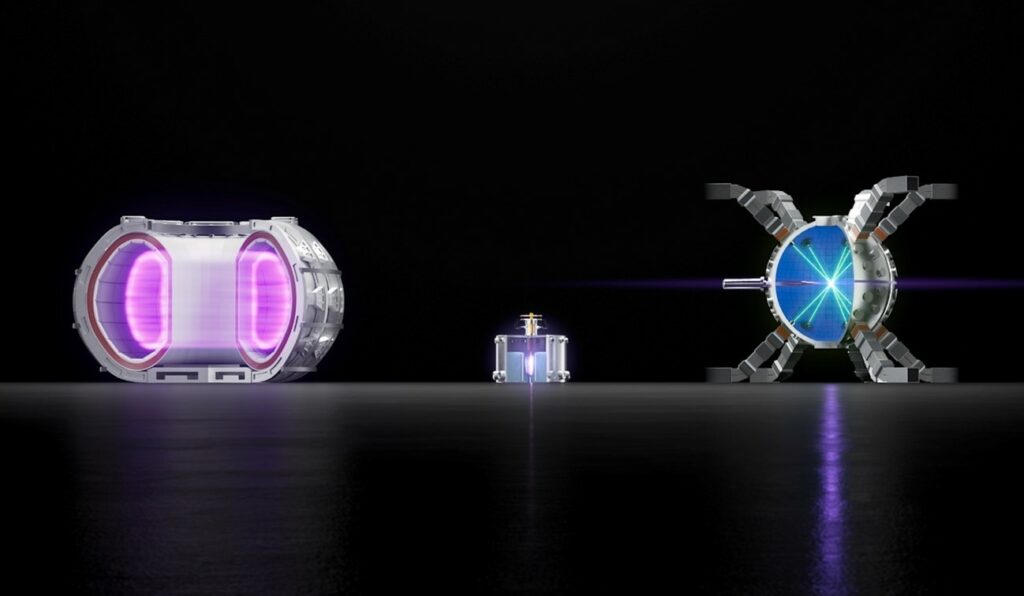
Fusion energy is created when the forces separating the centers of atoms are overcome and two smaller nuclei fuse into a larger one. Zap Energy’s fusion technology is designed to heat deuterium and tritium to millions of degrees Fahrenheit until they fuse into high-energy helium and neutrons, which can be captured to generate heat and electricity. Pound for pound, the fuel for fusion releases 10 million times as much energy as coal.
Keeping fusion reactions going is fundamentally difficult because plasmas quickly fizzle out. Zap Energy’s key advance relies on considering the plasma as a dynamic moving flow, like a river. Sheared-flow stabilization in a Z pinch — a plasma physics innovation pioneered by Zap Energy Co-Founder Uri Shumlak — can theoretically extend the lifetime of a Z-pinched plasma almost indefinitely.
Each Zap core is part accelerator, part reaction chamber— a scientifically-architected device developed to be at the heart of a Zap Energy plant. During two decades in Shumlak’s lab at the University of Washington, a series of lower energy cores proved that sheared-flow-stabilized Z-pinch fusion works.
Zap Energy’s team has built a series of devices to test sheared-flow-stabilized Z-pinch fusion. The higher the current in the Z pinch, the hotter and denser the plasma will be. FuZE-Q, the latest Zap core, was designed to reach the long-sought point of Q=1, or scientific energy breakeven.

Inside a working core, each Z pinch starts with a powerful pulse of electricity released by a bank of capacitors. This pulse jolts a cloud of deuterium gas into a flat ring of hot plasma. The disc races down the device’s inner cathode, or negatively-charged end. Once past the cathode’s nose cone, the plasma disc coalesces into a tight, sheared-flow column, with different layers flowing at different speeds. At this point, the plasma column measures about 50 centimeters long, just a millimeter wide and well over 10 million degrees Fahrenheit.
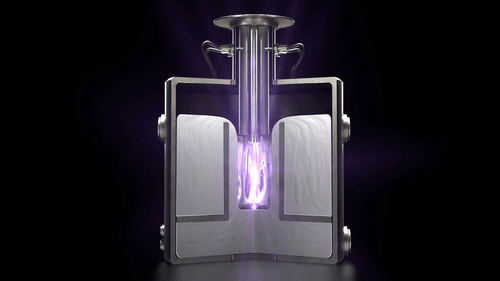
In May, Zap was awarded $5 million in federal funding from the U.S. Department of Energy to support conceptual design of a fusion pilot plant through the DOE’s Milestone-Based Fusion Development Program. “Zap’s selection reflects our tangible progress toward an achievable, grid-ready power source,” said Benj Conway, CEO and Co-founder of Zap Energy. “This program aligns with our aggressive milestones and bolsters our ability to succeed as quickly as possible.” The company has over one hundred team members operating out of two facilities near Seattle and is backed by leading financial and strategic investors including Chevron and Shell.
In the APEC presentation, Zap’s VP of Systems Engineering Matthew Thompson and Chief of Staff AJ Kantor will describe the electrical power handling requirements of fusion systems in general, the fusion industry landscape, what makes Zap’s approach unique, and why power electronics are a critical technology for it to succeed. For more info, see www.zapenergy.com and www.apec-conf.org.

